Choosing tiles for the bathroom
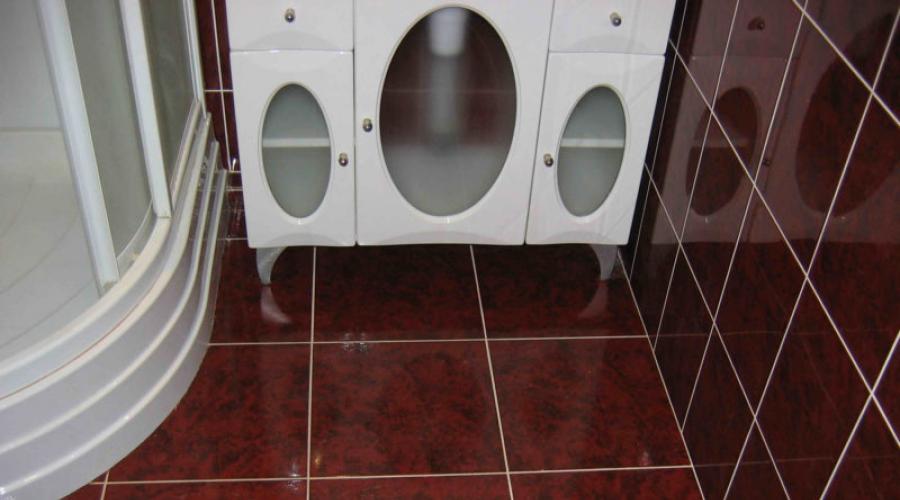
Over time, the owners think about how to choose tiles for the bathroom and toilet. However, decorating a bathroom is a rather complicated process. Manufacturers, cost, color scheme, strength, durability and many other aspects are important. All this should be dealt with in detail.
Room specifics
In order to correctly select the material, you need to imagine in advance what the owners want to get in the end. In addition, it is important to study the room in which the repair will be. Let's start with:
- Ceiling heights.
- The size of the room.
- The specifics of the room.
- Design.
In addition to measuring and choosing a design, you should definitely pay attention to the tastes and wishes of all residents. The more attention is paid to the little things, the easier and faster it is to find everything you need.
How to choose the right tile?
When decorating a large or small bathroom and toilet, you should choose the right product. Floor and wall tiles and their texture are equally important, and safety must not be forgotten.
Matte type tile
Advantages:
- roughness and restrained appearance;
- when water gets in, the surface is not slippery;
- ability to repel dirt;
- no streaks or marks.
Flaws:
- the possibility of stains from mold.
Glossy type tile
Advantages:
- visually makes a small room larger;
- repels greasy contaminants;
- perfectly laundered;
- has a beautiful sheen.
Flaws:
- stains, dried water and others are visible on a dark or light glossy surface;
- the surface is slippery in the presence of water.
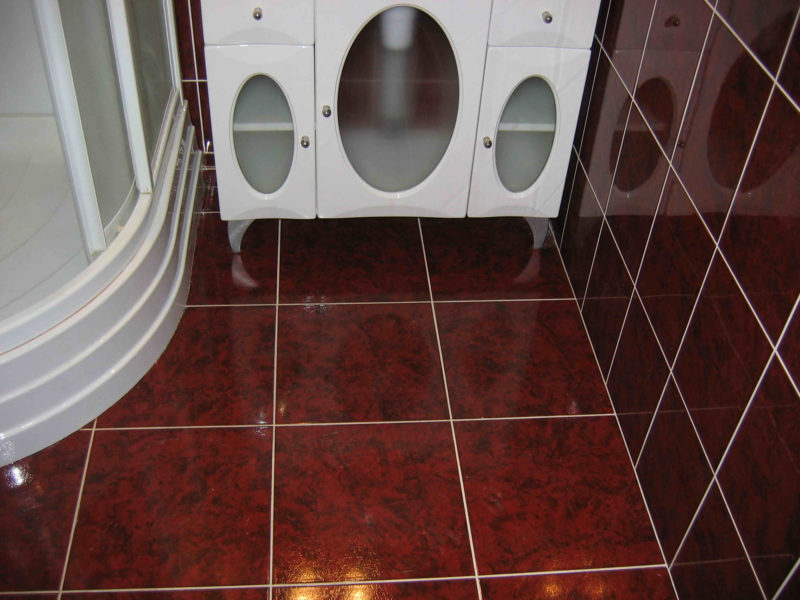
Look at the size
If the room is spacious, then you can give free rein to your imagination and choose not only a small tile, but almost any size, but if not, proceed from the possibilities of the room.
Ceramic tiles are made in the form of squares or rectangles. The vast majority of tiles are square in shape, it has different sizes: from 15 to 15 to 45 to 45.
For spacious rooms, it is better to pick up squares, but for small ones, it is better to lay them out on the floor. Another thing is rectangles. They will not only visually expand the area, but also look beautiful. But in this case, you should remember the following rules:
- For square rooms, the best option is to lay rectangular tiles vertically.
- To avoid a large number of seams, do not use small tiles.
- For long and narrow rooms, it is correct to lay tiles horizontally or diagonally with a pattern.
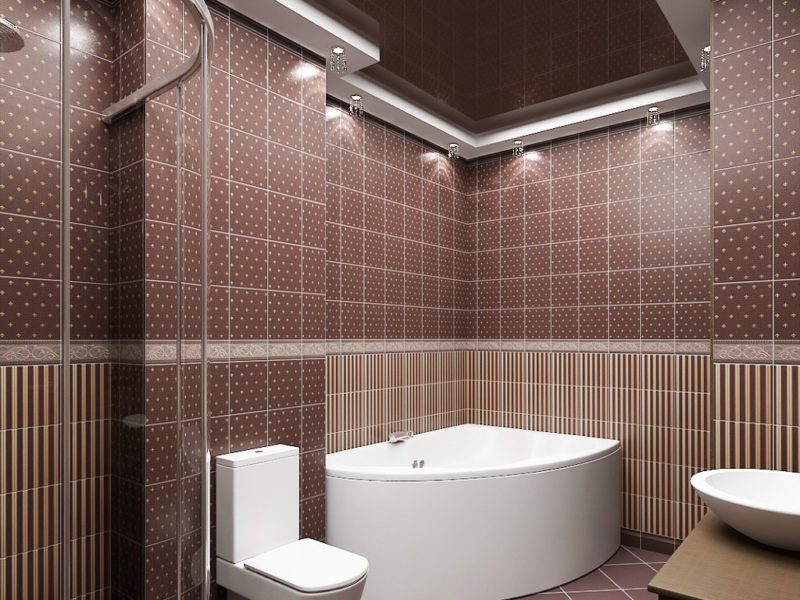
Color design
There is a huge amount of “correct” advice on which tiles are best for the bathroom and toilet. If you listen to everyone, then in the end nothing good will come of it. But the most important thing to remember is:
- A small bathroom should not be done in dark colors, as this will visually reduce it.
- Finishing with only white tiles is not recommended. Yes, the illumination will increase, but not the space, and the room will remain seemingly small.
- To increase the space, laying contrasting tiles diagonally is perfect.
- Decorative tiles on one side of the wall, and ordinary tiles on the other, will visually make a small bathroom larger.
- One collection of tiles laid on the floor and walls will add a unity of style to the room.
- Dark colors and colors with brilliant shades will add elegance and aristocracy; bright - dynamism; pastels, light and neutrals - space.
A lot of advice and specifics cannot be written about which tile to choose for the bathroom and toilet, since the selection of any color depends on the specific room, taking into account its internal structure. Therefore, it is better to be guided by personal preferences.
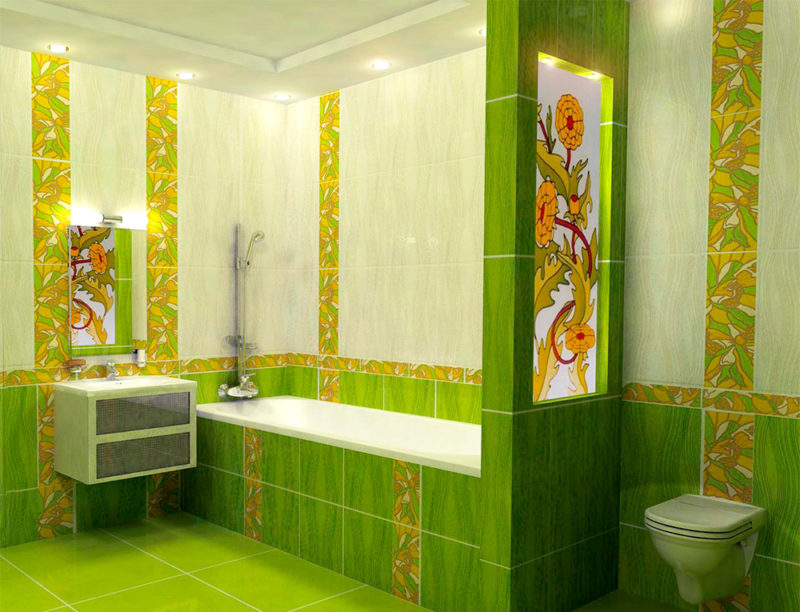
Manufacturing methods
Currently, there are several ways to make ceramic tiles, they are divided into the following types:
- Bicottur type. Thanks to the double firing, it is not afraid of detergents, but the tile is relatively fragile. Wall decoration is the main application.
- Monocottur type. Firing is done once, which makes the material stronger, and therefore also suitable for the floor. If the tile is glazed, then it is applicable only for the walls.
- Clinker. High strength due to the low porosity of the material. But the naturalness of the shades will not allow much experimentation with the design.
- Porcelain tile. It has high strength and resistance to mechanical stress, most often lies only on the floor. It has a rough surface, like a stone.
Varieties of material
There are different types of bathroom and toilet tiles. In addition to ceramics, the following materials are used for manufacturing:
- Glass. Almost all characteristics are similar to ceramics, except for impact resistance: it is worse. Finish the ceiling and walls.
- Polymer tiles. Little durability, low cost. Great solution for renovations on a budget.
- A natural stone. Long service life, beauty and luxury are the main advantages. But the material is expensive.
Important indicators for choosing a tile
- Chemical resistance is usually indicated by a bulb icon. Any household cleaner is suitable for cleaning.
- susceptibility to wear. They are divided into five classes: 1 - the material has little strength, 5 - the most durable. For the bathroom, it is advisable to use tiles up to the fourth grade.
- To find out the thickness of the product, you should look at the pictogram. For wall cladding, it is desirable to use tiles with a thickness of 6 to 9 mm, as a floor option - from 9 to 12 mm.
- Porous structure. Please note that the greater the porosity of the tile, the less it will last, as it absorbs water well.
- Picture. The better the pattern on the surface, the more durable and stronger the material.
- Flat surface on the back. After the tile is fixed on the wall, large gaps and depressions will not allow it to hold firmly.
- The front surface must be smooth and free of bubbles.
- The tile should not be with curvature and geometry violations.
Also note that the surface of the tile from the side of the masonry is indicated by the corresponding small pictogram: foot - floor, palm - wall.
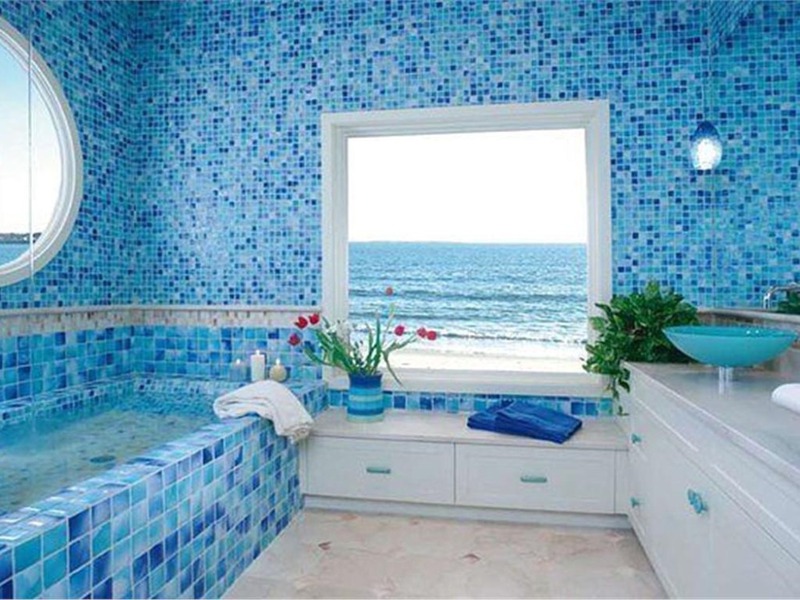
Manufacturer rating
Advantages:
- High quality.
- Exclusive design in the form of wood species, stone, marble and others.
- Environmentally friendly material.
- Large margin of safety.
- Practically does not fade.
Flaws:
- Sometimes there are not very significant errors.
- High price.
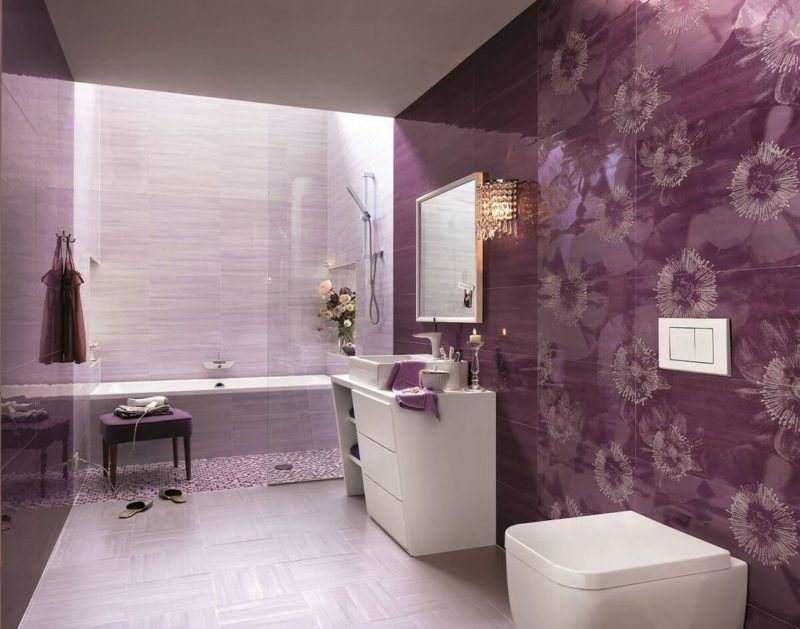
Tiles from Ukrainian manufacturers.
Advantages:
- Quality raw materials.
- A large assortment.
- Various design.
- Adequate cost.
Flaws:
- Small size errors.
- The same collection has differences in shades.
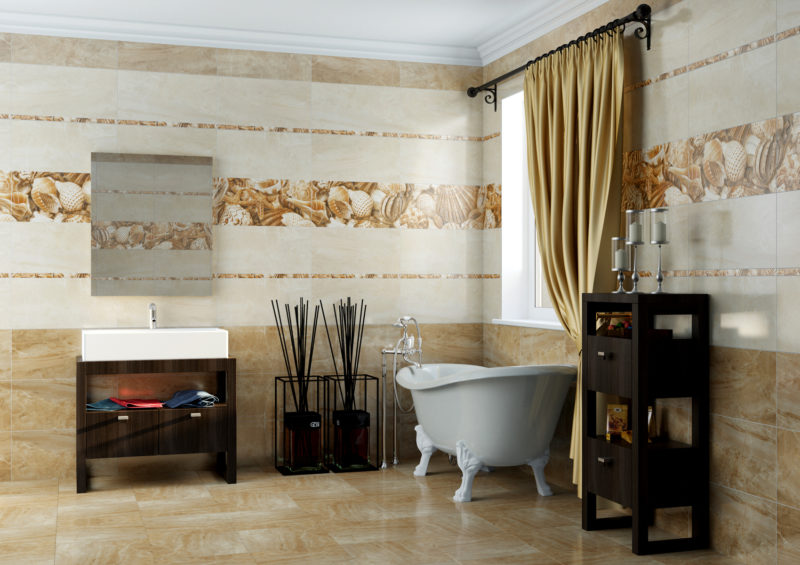
Belarusian manufacturer.
Advantages:
- A large assortment.
- Beautiful and original design.
- Affordable price.
Flaws:
- Sometimes there are problems in the geometry of the product.
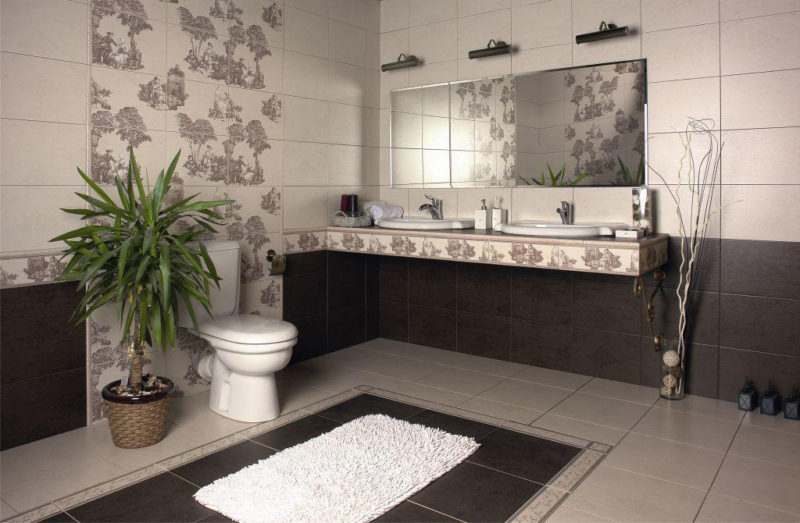
Produced in Russia.
Advantages:
- A large assortment.
- Small price.
- New production technologies.
Flaws:
- The floor version is not always combined with the wall.
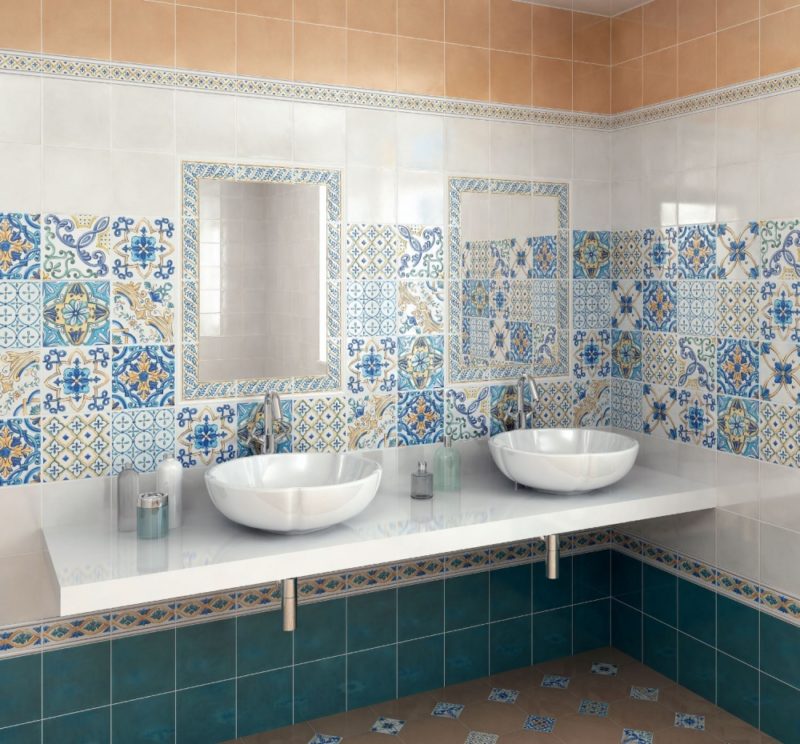
There are factories in different countries.
- The range includes expensive and inexpensive options for tiles.
- Original design solutions.
- High strength floor tiles.
Flaws:
- Slightly overpriced product.
- Inexpensive collections have a fragile glaze.
- Possible size mismatch.
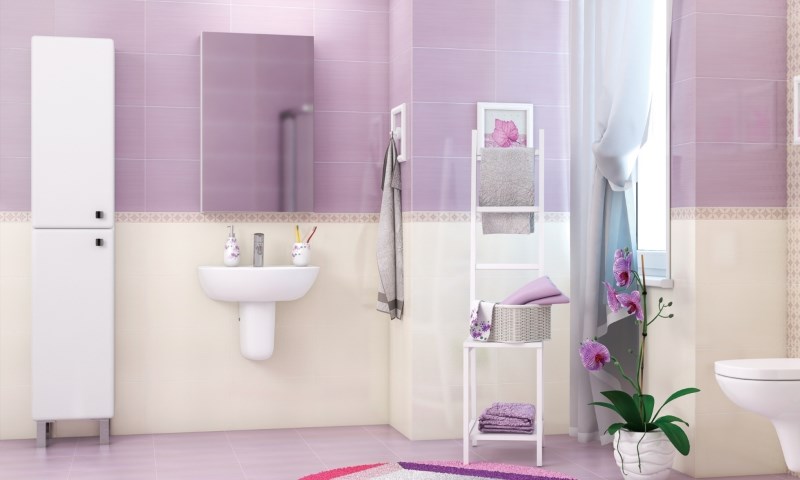
Unity
- Advantages:
- Big choice.
- Small cost.
Flaws:
- The fragility of wall tiles.
- There may be a discrepancy in sizes and shades.